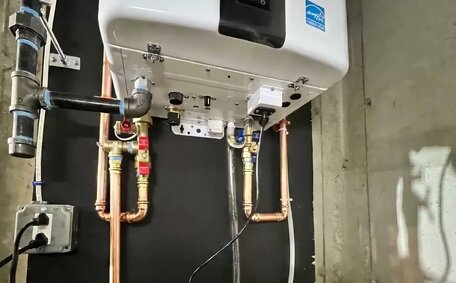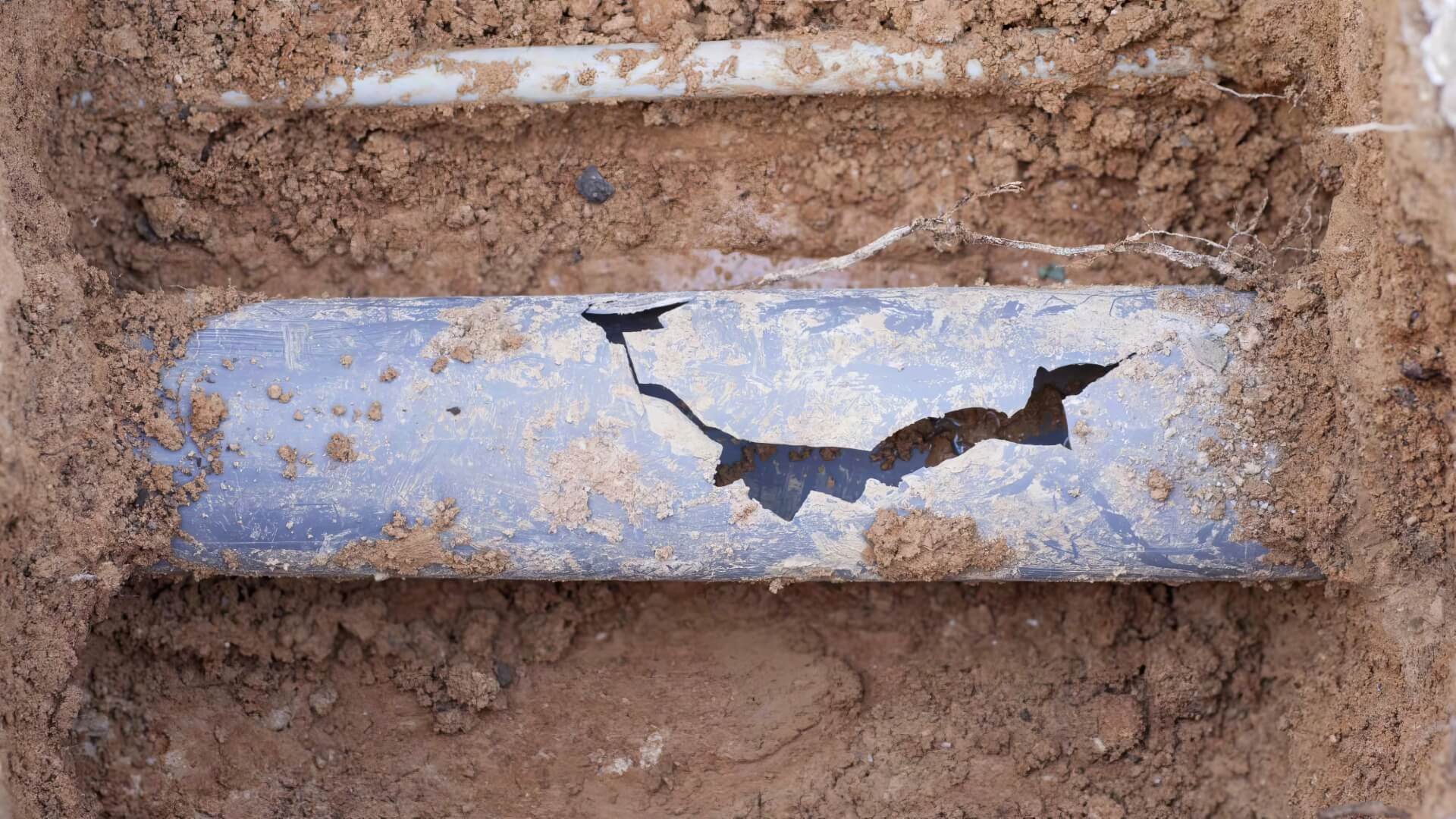Why upgrade gas meters?
Gas companies may upgrade meters for several reasons:
- To guarantee precise gas usage measurement. Aging or defective meters may inaccurately measure consumption, leading to billing errors. Upgrades ensure accurate domestic gas tracking.
- To comply with regulatory standards. Meters must meet specific accuracy benchmarks as stipulated by industry regulations, necessitating upgrades in response to regulatory changes.
- To enhance energy efficiency. Modern meters offer detailed usage data to help households reduce energy wastage and lower expenses.
- For improved public safety. Though rare, very old metres can develop gas leaks. Replacing ageing infrastructure reduces risk and ensures the safe delivery of natural gas.
When gas metres are upgraded, the gas distribution company usually manages the entire replacement process including arranging installations and relighting appliances. Customers must ensure their gas meters are accessible during servicing. Overall, upgrades provide households with more advanced, safer gas metre technology.
When do gas meters get upgraded?
Gas meters generally require replacement after 15-25 years. Upgrades are often needed due to:
- Age: Meters may lose accuracy due to wear and tear. Companies may proactively replace metres over 10-15 years old.
- Technology: New metres have improved readings and remote access. Upgrades enable better customer usage data.
- Regulations: Distribution codes require metres to meet ongoing accuracy standards. Non-compliant metres must be replaced.
Other common trigger events for gas metre upgrades include:
- Customers installing solar hot water or home renewable systems that could impact metering.
- Significant alterations to home gas systems like adding new gas appliances.
- Tampering, damage or suspected theft leading to metre replacements.
Overall, proactive upgrades improve accuracy and safety.
The step-by-step process of upgrading a gas meter
A gas meter upgrade is a detailed process, typically spanning 1-2 days, involving both gas company technicians and licensed gas fitters who ensure safe installation.
- Initial Inspection: A technician surveys the site, evaluates the current gas meter and piping, and outlines the upgrade plan.
- Installation Day: The technician cuts the gas supply at the meter, followed by a licensed gas fitter replacing the old meter with a new unit.
- Leak Check: The gas fitter performs safety checks, ensures there are no leaks and verifies correct gas pressures.
- Relighting Appliances: Technicians and gas fitters relight and perform safety verifications on all gas appliances.
- Certification: Issuance of a Safety Certificate: The gas fitter provides a certificate confirming regulatory compliance and for insurance purposes.
- Final Checks: Technicians ensure gas supply and appliance functionality are restored and explain the new meter’s features.
Upgrading your gas meter necessitates specialised technical expertise and strict adherence to safety protocols. While gas companies manage the entire process, customers should ensure clear access to their meter during installations and service appointments.
Scheduling timeframes for gas meter upgrades
Meter upgrades are generally completed within 1-2 days. The gas company will provide an estimate for the full timeframe when scheduling the work. Key factors determining duration include:
- The number of meters - Single residential meters are quicker to upgrade than those in complexes with multiple units.
- Technician availability - Upgrades may need to be coordinated across multiple provider teams.
- Permit approvals - Some networks require local council permits for street work.
- Weather delays - Wind, rain or heat can pause external replacement work.
Residents must provide access during installations, as gas supply interruptions can last 2-6 hours for meter replacements. For safety reasons, all household gas appliances will also need to be relit by technicians before gas is restored.
The gas provider should notify impacted customers at least 4 days before planned outages and metre work. If any delays arise, they will also update customers on revised timelines. Those relying on a continuous gas supply for medical purposes should register for life support customer status.
Meter upgrade works span 1-3 visits in total. Providers plan schedules to minimise customer disruption during essential meter replacements. Clear access and availability helps facilitate the process across the necessary service visits.
Costs and charges associated with gas meter upgrades
Customers usually incur no direct fees for gas meter upgrades. The gas distribution company covers the costs of new equipment, materials, installation labour and associated permit/approval fees. They manage the end-to-end process as part of their network asset maintenance and renewal programmes.
However, customers should consider potential costs:
- Type of metre - Smart metres may attract fees passed through to customers via billing charges over time.
- Complex installations - Difficult site access or extensive pipework may necessitate special contractor rates.
- Customer-initiated upgrades - Requests outside standard replacement cycles may carry fees.
- Off-peak installs - Customers can ask for after-hours upgrades for an additional charge.
Standard meter upgrades for routine maintenance typically incur no additional charges for the household. Where exceptions occur, the gas provider should outline any charges to impacted customers well in advance. They can also clarify costs across different metering options during initial consultations and scheduling.
If any special charges or pass-through fees will apply to your upcoming gas metre upgrade work, your provider will notify you of pricing details and gain your approval before starting installations.
Gas meter upgrade regulations and compliance
Gas metre upgrades must comply with accuracy and safety regulations as mandated under Australian law. The National Measurement Act requires all gas metres to stay within +/-1.5% accuracy limits for billing purposes. Upgrades are often needed to maintain compliance as metres age.
Specifically, metres fall under the jurisdiction of gas distribution codes and standards maintained by bodies like the Gas Technical Regulators Committee. These industry guidelines cover areas like:
- Performance and accuracy benchmarks
- Materials and product standards
- Mandatory safety requirements
- Certification procedures
Licensed gas fitters undertake the complex work of removing and installing meters during upgrades. They perform leak checks, issue safety certificates, and relight appliances according to state and national plumbing laws. This ensures both operational integrity and safety during maintenance.
Ultimately, the gas provider is responsible for the meter and associated underground pipes. Proactive replacement of aging meters ensures compliance with accuracy standards and legal requirements across the network infrastructure.
Responsibilities during a gas meter upgrade
Gas companies and customers have critical roles to ensure a seamless meter upgrade process.
Gas Company Responsibilities
The gas distribution company oversees the end-to-end metre replacement process including:
- Arranging timeframes with customers.
- Securing necessary permits and approvals.
- Shutting off/restoring household gas supply.
- Safely removing and installing new metres.
- Conducting rigorous safety checks and relighting appliances.
- Issuing compliance certification paperwork.
Certified technicians and licensed gas fitters execute the technical work in compliance with regulations. The company also handles public liability insurance claims in the unlikely event of incident during installations.
Customer Responsibilities
To facilitate smooth upgrades, customers must:
- Provide clear access to your gas meter without obstruction.
- Confirm scheduled work meets their availability.
- Declare any special needs like life support requirements.
- Keep pets securely away from work areas.
- Advise if any asbestos or hazardous materials are present.
- Be prepared for gas supply interruptions during work.
Staying on-site during the upgrade also helps customers communicate any issues and answer questions. They can then witness the final safety checks and sign-off first-hand before normal gas services resume.
What to do when gas service is interrupted
Interruptions to gas service can be inconvenient, yet they are sometimes necessary for meter upgrades or maintenance. If your gas supply is off, there are a few key things to do:
Confirm it’s a Planned Outage
Verify with your gas provider if the interruption is due to scheduled upgrade work in your locality. If they don’t have any jobs listed, it may be an unplanned outage that needs urgent attention.
Turn Off Appliances
Ensure safety by turning off all gas appliances at their respective wall switches to prevent unintended ignition upon gas restoration.
Check if Your Metre Was Changed
If you need to access your new gas meter which has been installed externally in your absence, relighting appliances afterwards may be necessary. Check for a notification sticker on the metre board or contact the gas company to verify.
Contact for Assistance
If you cannot access your gas several hours after scheduled work, please contact our emergency line on 1300 349 338 for assistance. For relighting help if your metre was replaced externally, please email us at jobs@minchinburyplumbingservices.com.au
Our team can arrange technician visits to help restore operation of household gas appliances after interruptions due to meter changes. Let us know if you need home relighting services due to changed metres or have any other issues.






